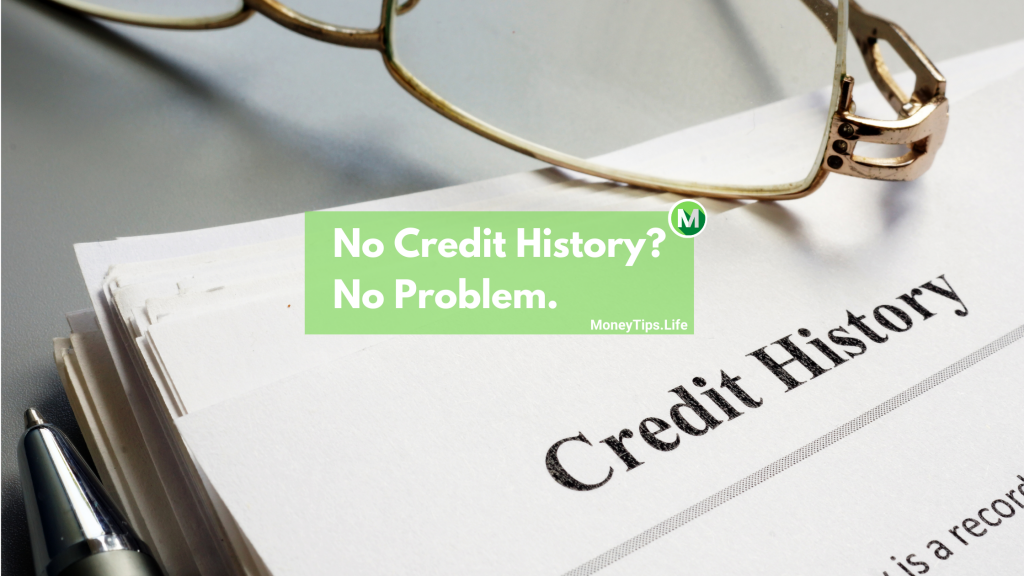Credit history is an important factor when deciding to open a credit card and secure a loan. A credit card can help those with no credit, and build their credit as well.
Can You Get a Credit Card With No Credit History?
You don’t necessarily need credit history to qualify for a credit card. However, you are likely to have limited options. Luckily there are great starter credit cards available.
Starter credit cards may come with a higher interest rate and may have a lower credit limit. You have to prove your ability to pay back the money on time.
It is important to remember that a starter credit card is just a start. With responsible use over time, you’ll qualify for better offers.
What Type of Credit Card Should You Get?
You want to look for credit cards that do not have annual fees. There is no reason to pay out of pocket to have the card. You don’t want to start in the hole.
You also want to see if your issuer reports to all three bureaus. This can help build your credit history across the board. Even if they don’t, though, you’ll still be building credit.
There are a few different types of starter cards to choose from:
- Student credit card. This option is geared toward those who are 21 and older. These cards usually have no annual fees.
- Secured credit card. You deposit a certain amount, which is reflected in your funds available. Over time, you can upgrade to an unsecured card.
- Retail credit card. The qualification requirements for these cards are often lower. You may even qualify for store-specific rewards.
Why Is Credit History Important?
Credit history is used to determine your ability to make smart financial decisions. It is essentially a trail of on-time payments and responsible use. This allows issuers to feel confident extending you a line of credit.
What’s the Best Way to Build Credit After Getting a Credit Card?
Building credit after getting a credit card is rather simple. It requires consistent, on-time payments. It also involves keeping your credit utilization ratio as low as possible.

